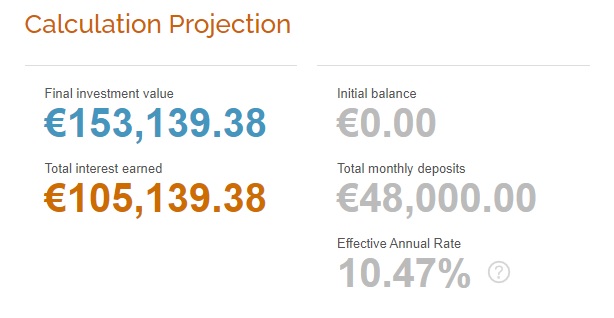ExxonMobil Q3 2025: Record Production, Strong Dividends, and Confident Long-Term Outlook

ExxonMobil Q3 2025: Record Production, Strong Dividends, and Confident Long-Term Outlook ⛽
Exxon Mobil Corporation (NYSE: XOM) delivered a resilient quarter in a volatile energy backdrop. Record output in Guyana and the Permian Basin, early project start-ups, and disciplined capital returns anchored performance, while management reiterated a confident multi-year plan through 2030.
📊 Key Takeaways
Q3 2025 results:
- Revenue: $93B (−5.2% YoY; −1.4% vs. consensus)
- Net income: $21B (+13.8% QoQ)
- Adjusted EPS: $2.88 (−2.1% YoY; +3.2% vs. estimates)
Production milestones: Guyana >700k bpd (record); Permian >1.7M bpd (new high); total company output ~4.8M boe/d.
Cash returns:
- Dividend: raised 4% to $1.03/share (~3.5% yield); $4.2B paid in Q3
- Buybacks: $5.1B in Q3; on track for ~$20B in 2025
- Net debt: up ≈$3B QoQ amid higher capex and M&A
Post-earnings action: shares dipped ~1.8% initially but closed flat at $114.64. Expected move: ±1.7%.
Growth projects: Ten developments—led by Yellowtail (early) and Hammerhead (approved)—are expected to add >$3B annual profit at steady prices/margins, forming the backbone of 2025–2030 plans.
🛢️ Segment Performance
| Segment | Revenue (USD B) | YoY | Profit (USD B) | Notes |
|---|---|---|---|---|
| Upstream | 29.5 | +4% | 5.7 | Record Guyana & Permian output; early Yellowtail; Hammerhead approved |
| Energy Products | 36.5 | +2% | 1.84 | Record refining volumes; higher margins on global supply disruptions |
| Chemical Products | 12.3 | −8% | 0.52 | Weaker China margins; record high-value product sales |
| Specialty Products | 6.1 | −3% | 0.74 | Seasonal volume dip; expands into battery materials via Superior Graphite |
🗣️ Management Commentary & Outlook
2025–2030 plan:
- 8 of 10 key projects already online
- Permian output target: ~2.3M boe/d by 2030
- Annual buybacks maintained at ~$20B
- Additional cost savings: >$18B by 2030 (on top of $14B since 2019)
- Net debt around ~9.5%
Near-term (Q4 ’25–2026):
- Total production ≈ 4.7M boe/d in 2025 (+9% YoY)
- CAPEX: $27–29B in 2025 (YTD +14.7% YoY to $20.9B)
- Refining margins volatile; high-value chemicals steady; battery-materials ramp
CEO Darren Woods: “We’ve delivered over $14B in structural savings since 2019—about $2.5B per year—doubling profit per barrel versus five years ago.
We remain deeply committed to the dividend through commodity cycles.”
CFO Kathryn Mikells: “We benchmark dividend growth versus global peers, the S&P, and industrials—and we believe we are in a very strong position.”
⚙️ Opportunities & Risks
Opportunities
- Battery materials diversification: Superior Graphite acquisition adds exposure to anode materials (≈$40B TAM).
- Tech-enabled exploration: Discovery 6 supercomputer accelerates seismic processing in Guyana, improving drilling efficiency.
- Operational efficiency: >$14B cost reductions since 2019; target >$18B by 2030 boosts profitability per barrel.
Risks
- Refining margin volatility can swing quarterly operating profit.
- Project execution risk on large developments (e.g., Hammerhead, Singapore Resid Upgrade).
- Commodity-price sensitivity and leverage optics amid elevated capex.
💬 Market Sentiment & Valuation
Analysts focused on capital allocation, technology leverage, and dividend sustainability. The tone was neutral-to-positive, with added emphasis on investment discipline and low-carbon initiatives versus last quarter.
- Target price: $127 (~+10.9% upside from $114.64)
- Rating: Moderate Buy (20 analysts: 10 Hold, 8 Buy, 2 Strong Buy)
Initial selloff (~−1.8%) reversed into a flat close, as investors weighed higher leverage against improving project mix and durable cash returns.
📌 Bottom Line
ExxonMobil’s Q3 2025 underscores scale, execution, and discipline: record production, a growing dividend, and a clear portfolio of high-return projects.
While oil-price swings and refining margins will drive quarters, cost efficiency and a steadfast return framework keep the long-term thesis intact for dividend-focused investors.








